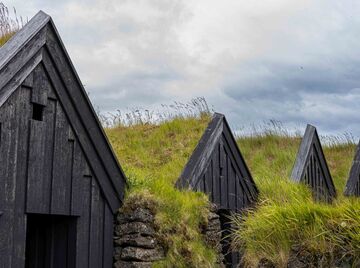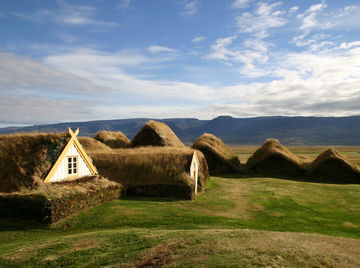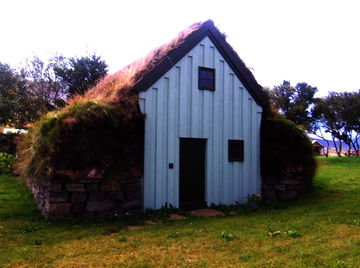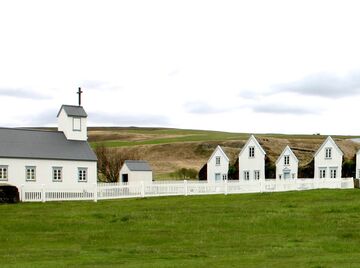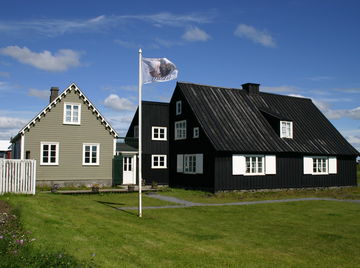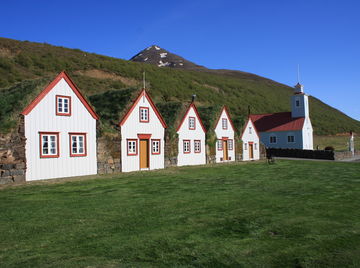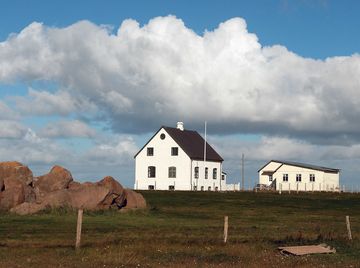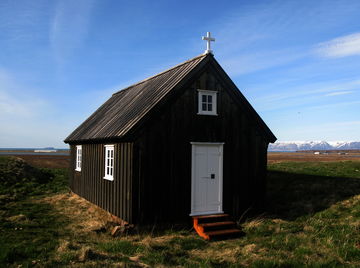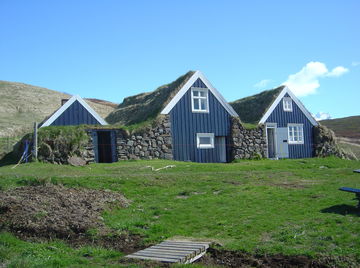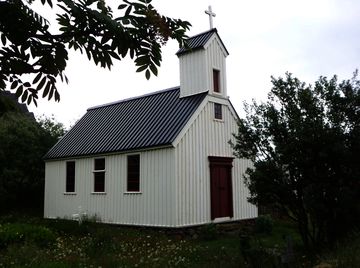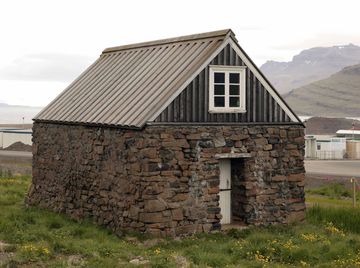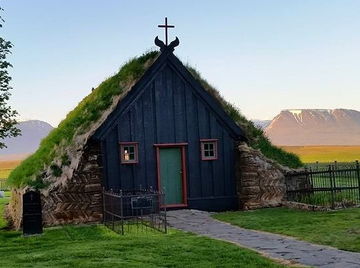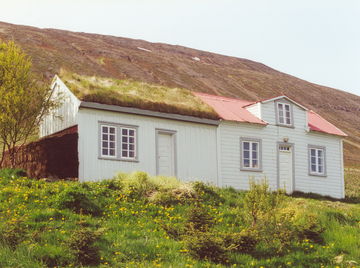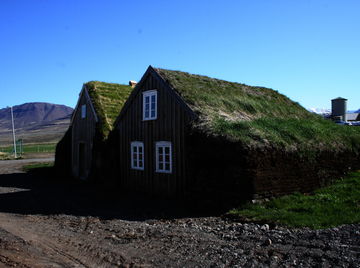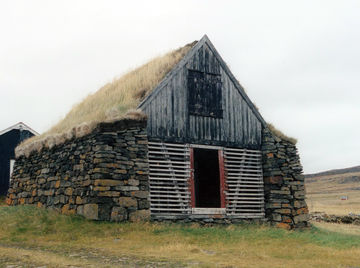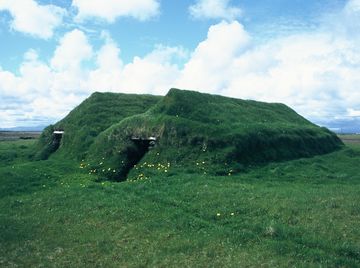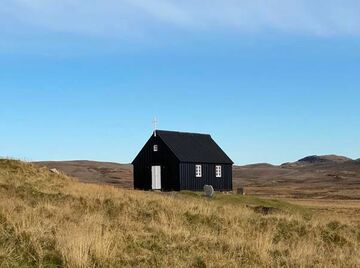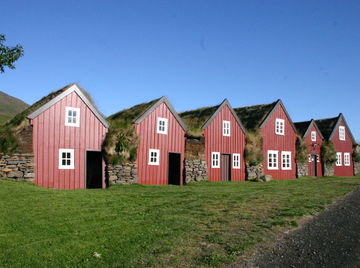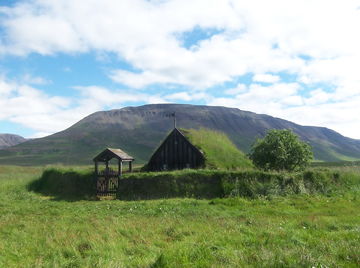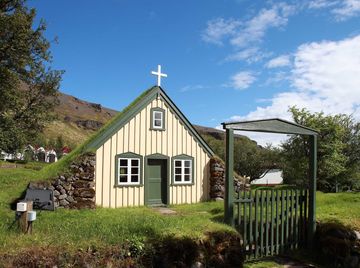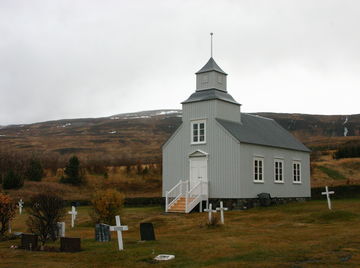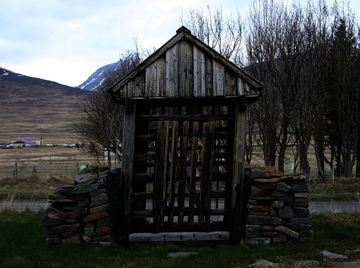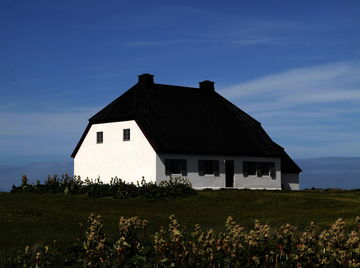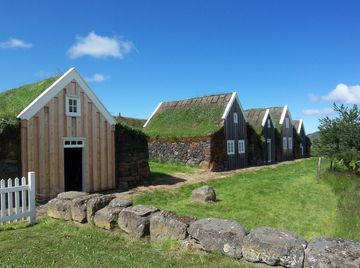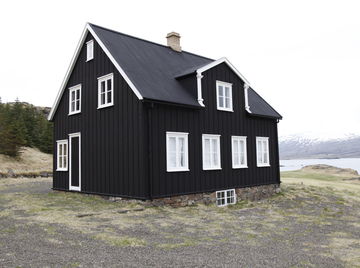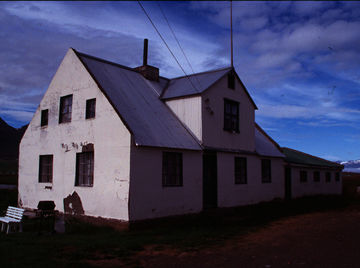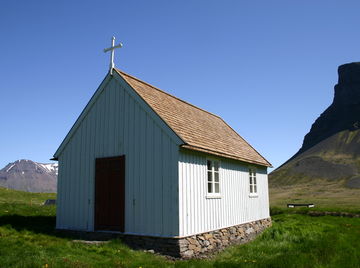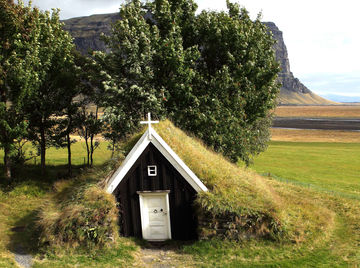Historic Buildings Collection
The National Museum´s experts supervise houses and other buildings in the ownership and keeping of the National Museum of Iceland. The museum began its campaign for the preservation of old buildings in the early 20th century; the first building to be listed, in 1930, was the chapel at Núpsstaður, south Iceland, which had been used for some years as a storage shed.
The Historic Buildings Collection comprises over forty different edifices, which vary greatly in scale and are located all over the country. They include all of Iceland´s principal turf houses and all the turf churches preserved in their original form, three in the north and two in Skaftafellssýsla in the south-east. Iceland has few buildings constructed of stone that date back more than a century; four of these are in the Historic Buildings Collection, three in the east, and one, Nesstofa (1761-63), on Seltjarnarnes adjacent to Reykjavík. The collection also includes a range of timber buildings, and wooden churches of several different types, along with Iceland´s oldest belfry, at Möðruvellir in Eyjafjörður in the north. The collection also includes the only extant windmill in Iceland, on the island of Vigur in the West Fjords. The National Museum publishes reports and other literature on its research and other subjects.
